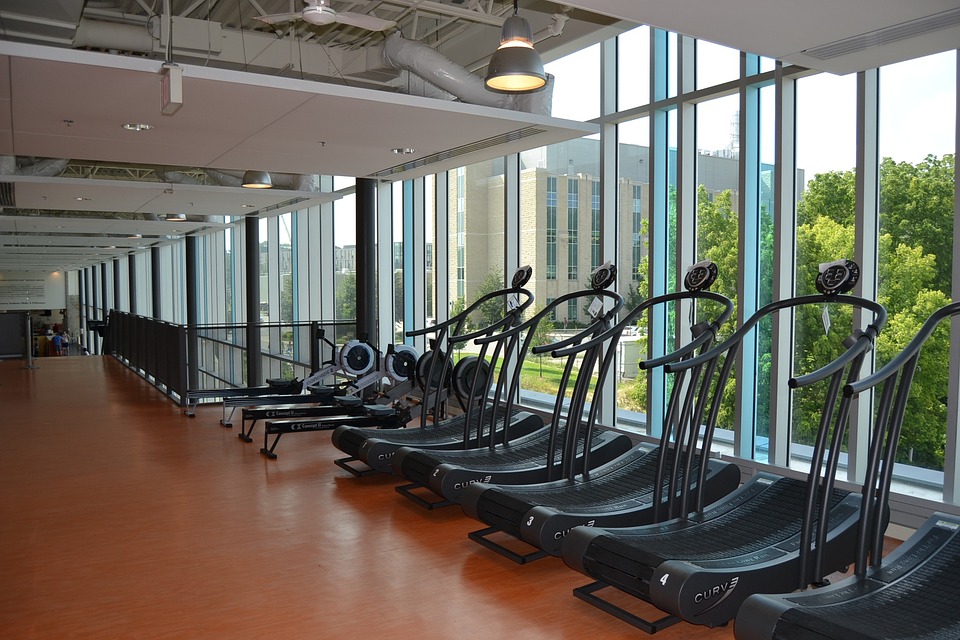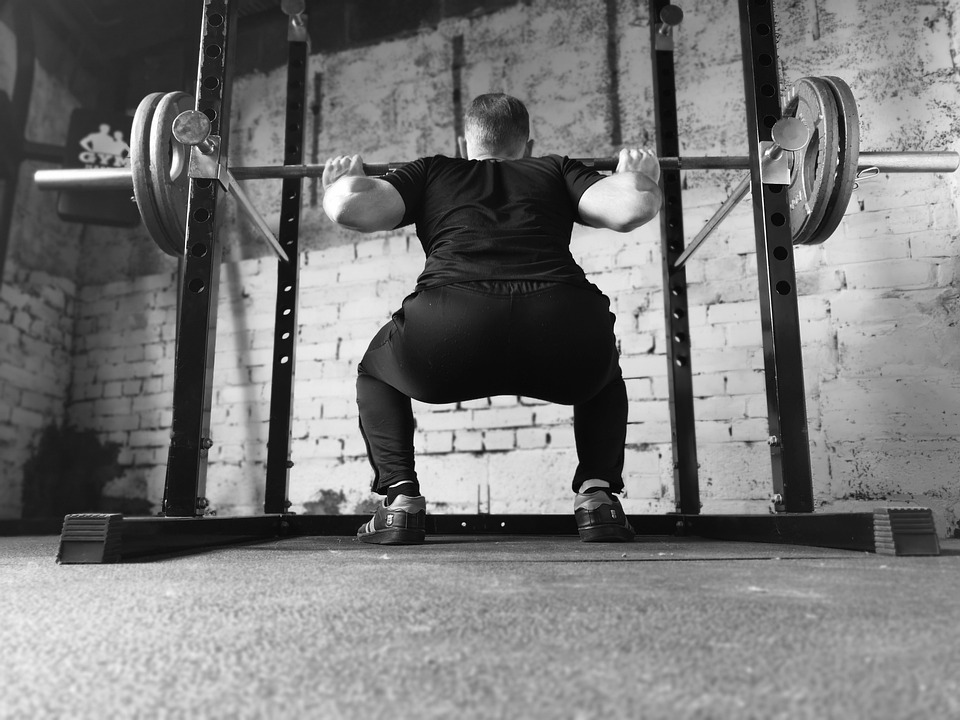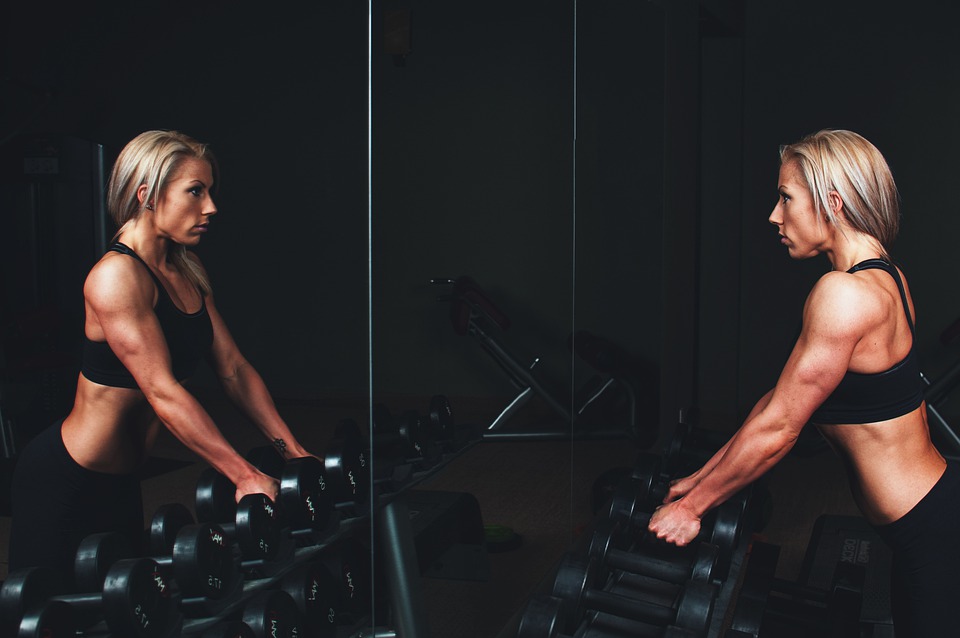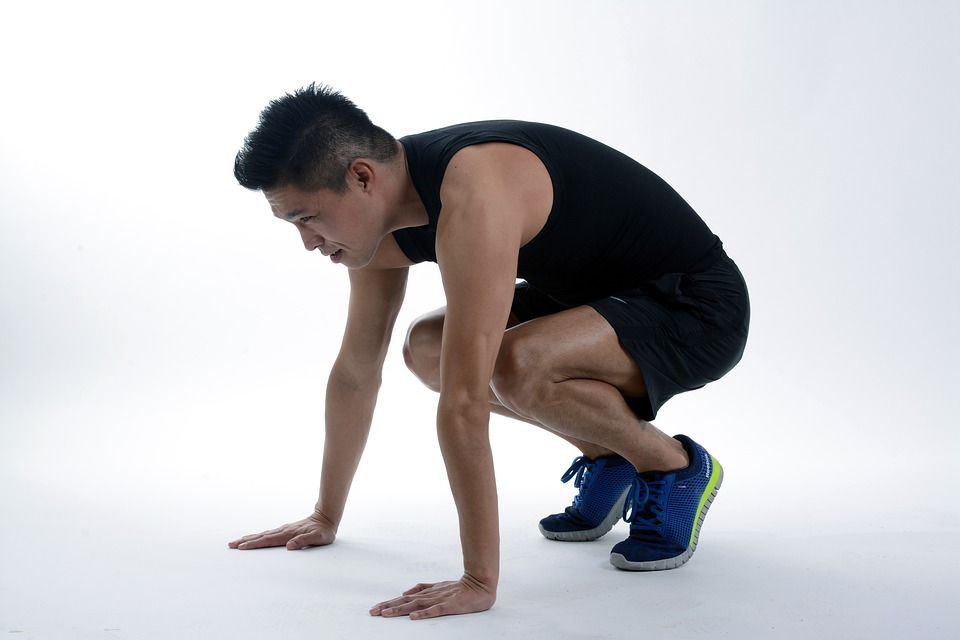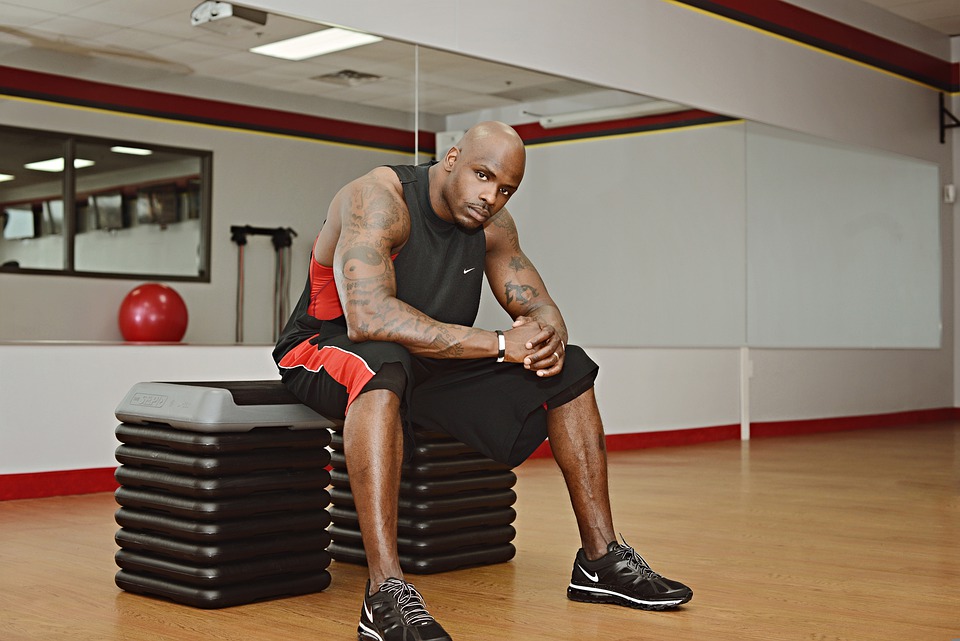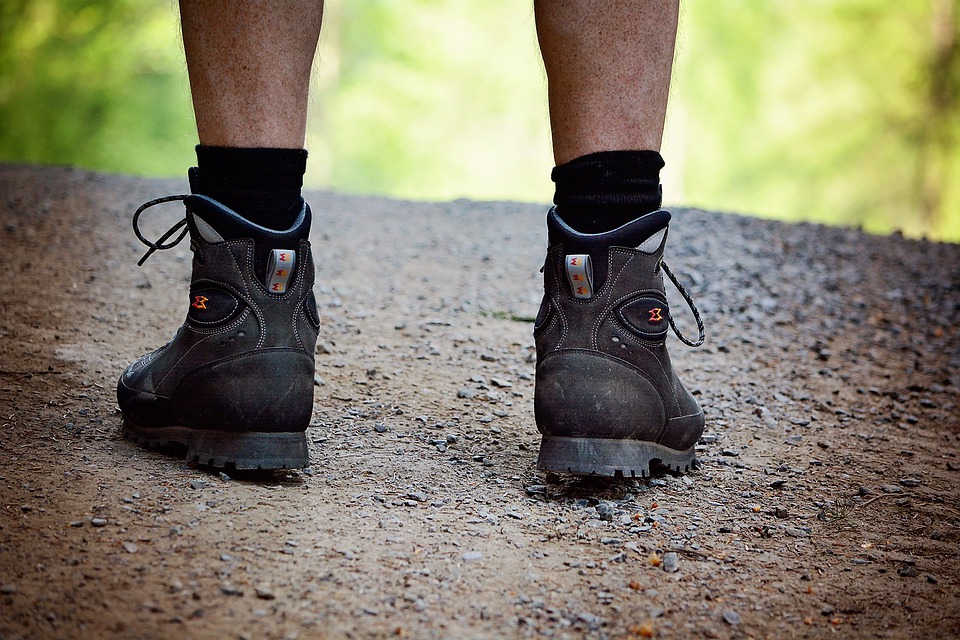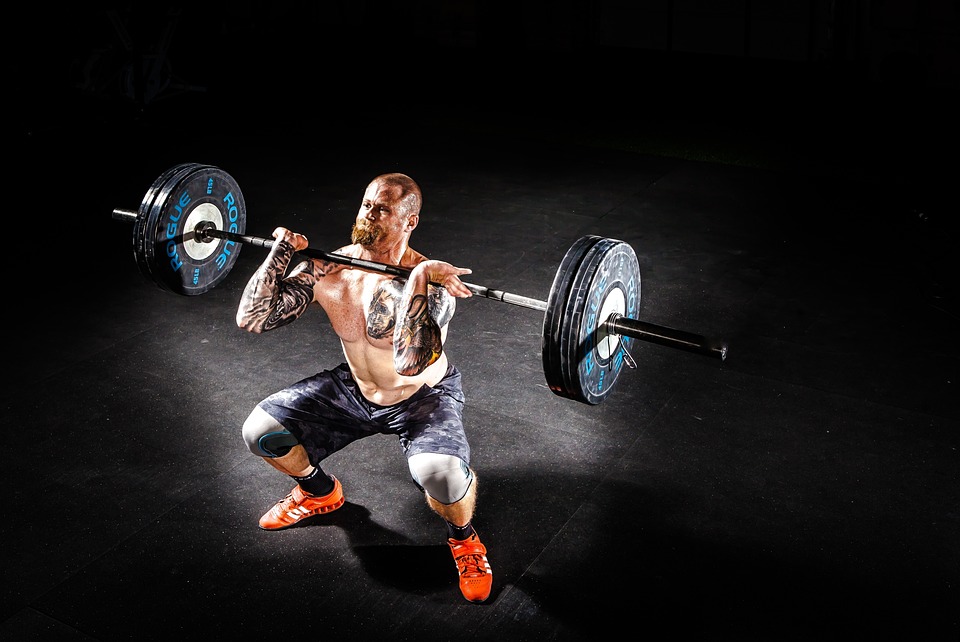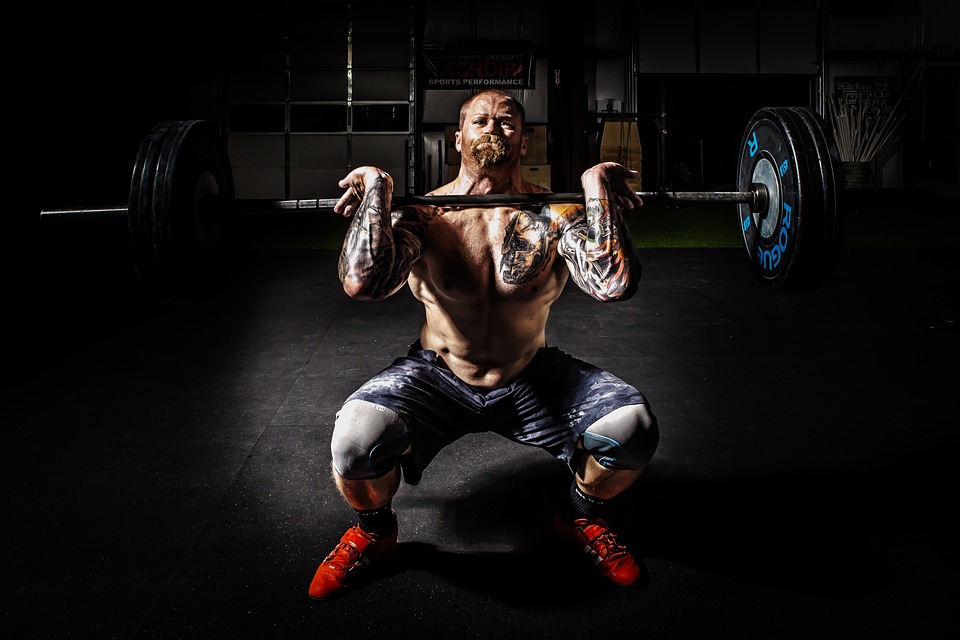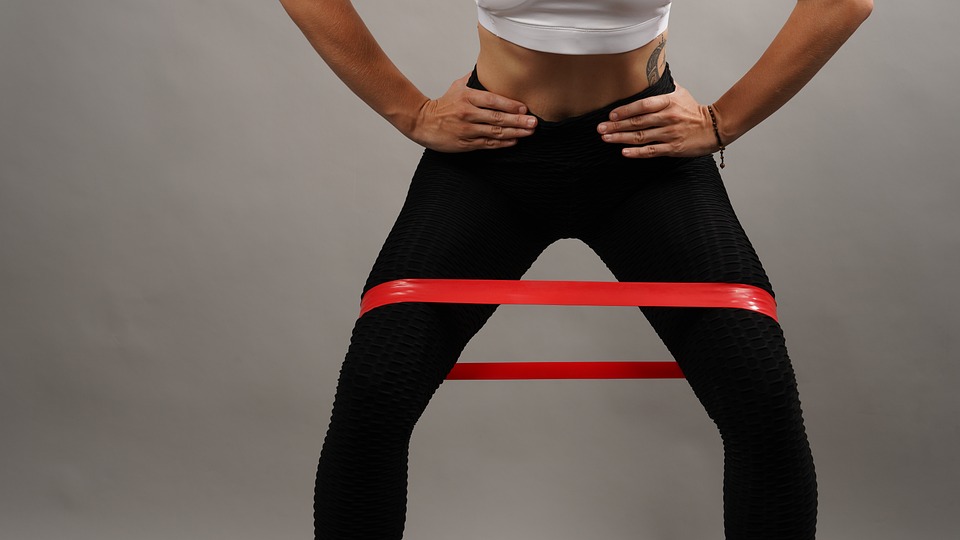
There are few exercises that are better than back squats for building leg strength, muscle mass, and athletic capacity. Sometimes we can’t do the things we want to. The following exercises are not as effective as squats in the long term for building leg strength, but they can be used at different points in the training process to work on weaknesses.
Why You Should Squat?
Increased Muscle Hypertrophy and Strength
There is no better way to add external loading to our bodies than squatting. We can improve our performance by putting extra stress on our muscles, connective tissues, nervous system, and joints. This will cause our bodies to make physical adaptations and grow.
Leg and Glute Development
performance in running. Squat training can improve your leg and glute muscle development, which can in turn improve your performance when running.
- Athletic capacity
- Knee and hip health
- Running speed
- Explosive power and strength
- Lean body mass
The back squat is a great way to train your quadriceps, glutes, and hamstrings if you want to be a strong athlete or lifter.
Increase Leg Power and Explosiveness
The squat is a foundational movement that increases leg strength, power, and explosiveness, which can be applied to many functional fitness movements and formula sports.
How to Back Squat Properly
1. Set Your Base
Start by stepping under a barbell (supported in a rack). This step is key in correctly engaging the upper back, setting a strong foundation with the core, and preparing mentally for the un-racking of the barbell.
It is recommended that you place your feet in the squat stance, or slightly narrower, as you want to think about “squatting” the load off the rack hooks. This is especially the case as the loads get heavier.
2. Get a Grip
The width of your grip should allow you to take a full grip on the barbell so that you can maximally contract your upper back/traps/forearms to properly secure the barbell in the high-bar squat position. When positioning the barbell for a squat, it is important to place it above the traps, or on them, rather than lower on the back. This will help to prevent injury and ensure proper form.
When performing this exercise, be sure to actively flex your upper back and traps to create a “padding” for the barbell to rest on. Finally, be careful not to overstretch the back as you do this, as many people will lose tension and support in the core.
3. Step Out and Get Stable
When you are ready to begin your lift, step out of the rack using either a 2-step or 3-step approach. This is often the best way to minimize barbell movement and conserve energy. The feet should be set hip-width apart, with the toes slightly pointed outward. The chest should be held high, with the deep abdominal muscles and obliques engaged and contracted.
Be sure to keep your torso up vertical and not have too much of a forward lean.
4. Pull Yourself Down into the Squat
For proper form, start by planting your feet and distributing your weight evenly throughout. Then, slightly push your hips back and allow your knees to bend forward, tracking over your toes. To prevent your upper back from leaning forward or your thoracic spine from collapsing, keep your back locked.
To improve your balance during tree pose, think about gripping the floor with your toes and creating space for your belly between your thighs. “Knees out” is a common cue used by coaches to help improve a swimmer’s technique. While this cue can be helpful for some swimmers, it can also cause excessive bowing of the knees in others. Even if you don’t agree with me, think about straightening your torso so that your abdominals and hip flexors help lower the movement.
5. Squat to Depth, and Stand Up
Many people squat to a depth that is parallel or lower than they would like. When you’re at the desired depth, push your back up into the bar and your feet through the floor at the same time, keeping your weight in your heels and toes. Stand tall with your chest high and your core engaged.
To maintain the correct posture, make sure your spine is straight and your heels are touching the ground. A good way to tell if you’re squatting correctly is to see if your shins are parallel to your back. If the angle created by the lines extended from the center of the pellets continues forward, it would indicate that the person has excessive forward lean, which is not desired.
Squat Variations You Need to Know
Bodyweight squats
1. Basic squat
Performing a squat correctly will assist you with future exercises.
stand up straight with your feet shoulder-width apart, toes pointing forwards, neck in line with your back, and stomach muscles pulled in.
Hold your arms out in front of you. Bend your elbows and keep your palms facing down. You can also crumble up a piece of paper. Just don’t put your hands on your legs.
To do a proper squat, start by bending your knees and lowering yourself down until your thighs are parallel to the floor. Sit back in your hips, as if you’re sitting in a chair.
Don’t worry too much if your knees go forward over your toes. If your legs are long and/or flexible, your knees will likely go past your feet when you squat. As long as it doesn’t hurt, you’re OK. Return to standing.
2. Single-leg squat
Got a dominant leg? It’s OK — we all do! Focusing your squat on one leg at a time can help correct muscle imbalances.
Start in the basic squat beginning position. Bend your left knee slightly and lift your left leg off the floor.
You can hold your raised foot either slightly in front of or behind you, whichever feels more steady. Bend your right leg at the knee and lower yourself as far as is comfortable. Return to standing.
Do not place your left foot down in between repetitions. You can lean against a wall or chair for support if needed. You should make sure to do the same thing on the other side so that your biscuits will be balanced.
3. Squat pulse
Do a basic squat and move up and down a few inches keeping the movement small and fast.
4. Pistol squat
If you want to impress people at parties by squatting, do the pistol squat. Although it may be difficult to perfect, the outcomes are great.
Start in a beginning squat position. EXTENDED LEG: Hold your left leg out in front of you and extend your arms out in front, parallel to the leg. Squat slowly all the way down until your buttocks is almost to your heel.
Raise your leg so that it is straight in front of you, with your foot a few inches off the ground. That was the easy part. Now, keeping your lifted leg raised, stand back up without falling over.
5. Chair squat
No, we are not allowing you to sit in a chair and take five.
Stand with feet and legs together. Sit down by first leaning back and then pushing your hips out behind you. Raise your arms above your head, being careful not to let your chest collapse. You can return to standing and repeat the squat or, for more of a challenge, hold the squat position.
6. Chair squat on toes
Stand with feet and legs together. Extend your arms out in front of you so they are parallel to the floor. Bend at your hips and lower your body until your butt is close to your heels. While still on your toes, return to standing.
7. Eagle squat
This move is likely to be recognized by anyone who has been to a yoga class. And anyone who thinks squats are boring will love this challenge because it requires you to do a certain number of squats every day for 30 days.
Stand with your feet close together and arms out, forming a T shape with your body. Cross your right leg over your left leg and wrap your right foot around the back of your left calf.
Place your right elbow under your left elbow and wrap your right hand around your left forearm until your palms are together. When you have your balance, squat down as much as possible. Return to standing and repeat.
If you get a dirty look from someone, tell them your favorite food is pretzels. If you can still speak, that is. The following is a helpful image if you are confused by all the limb “wrapping.”
8. Grand plié
“Black Swan” fans, unite!
Put your feet together, with your heels touching and your toes pointing out slightly, and straighten your legs. Keeping your back straight, bend your knees and lower your body as far as you can comfortably go.
Raise your heels while you squat. Return to standing.
If you choose to wear a tutu at the gym, we think it’s a great idea!
9. Figure four squat
It’s a squat! It’s a stretch! It’s a… squatch? OK, that just sounds wrong.
Start standing. Lower your body a few inches by bending your knees into a slight squat. Raise your right leg, bend your right knee, and place your right ankle on top of your left knee.
Lower yourself until your thigh is parallel to the floor, being careful not to lose your balance. Don’t let your hips dip to either side! Return to standing. Repeat on the other side.
10. Sumo squat
Why should only sumo wrestlers have all the floor-stomping, 12,000-calorie meals, and grunting?
Stand with your feet planted wider than hip-width apart and toes pointed slightly out for a different take on the traditional sumo stance.
Push your hips back and bend your knees while squatting until your thighs are in line with your knees. Come back to a standing or pulse position at the bottom of the movement. We’ll leave the outfit up to you.
11. Sumo squat on toes
If you want to be cooler and also increase the amount of work your calves and core have to do, try the sumo squat with your heels raised. Do not touch the ground with your feet during the entire movement. You can make grunting noises if you think it will help.
12. Butt-to-heels squat
Stand with feet close together and arms extended straight out in front of the body. Squat down so that your butt touches your heels. On performing a lunge, your heels will come off the floor and your knees will be positioned forward past your toes. That’s OK!
As you squat, lower your arms and touch your fingers lightly to the floor. As you stand, raise your arms up to shoulder height.
13. Curtsy squat
Stand with feet hip-width apart and hands on hips. Step your right foot behind your left leg, as far back as is comfortable. Using a “curtsy” motion, squat. Keep your weight on your front leg. Return to standing, fancy-pants.
17. Cross-leg squat
Stand with feet hip-width apart. Lower into a basic squat. As you stand back up, you will lift your right leg (still bent at the knee).
To do this exercise, first, bring your right leg across your body and crunch forward with your abs. Your right knee should touch your left elbow when you are in the proper position. This takes butts and guts!
Plyometric squats
15. Squat jump
A plyometric movement is any movement where both feet leave the ground at the same time. “Jump” is code for plyometric movements, which are designed to both work your muscles and add some cardio to your strength training. Adding a jump to your basic squat will take it to the next level.
Start in a beginning squat position. Bend your knees to lower yourself to about halfway, then jump up, propelling yourself into the air before landing on your feet. If you wish, you may swing your arms to provide momentum.
16. Frogger jump
Let your inner amphibian out by jumping like a frog!
Stand with feet planted wide. Make sure your toes and knees are pointing out slightly and your butt is low to the floor.
Put your hands on the floor in front of you. Hop up, preferably while making your best “ribbit” sound. Then land back in the frog squat.
17. Surfer squat jump
Duuuuude, this one is gnarly.
Begin by squatting down low, with your legs spread wide, and your arms out to your sides. Imagine you are balancing on a surfboard at the top of a wave, getting ready to ride it.
Jump and land in the opposite direction with the other leg in front in the same squat position. If it makes you feel better, you can listen to “Wipe Out” and become more relaxed, bro.
18. Squat box jump
This squat jump is perfect for people who like to add a little bit of danger to their workouts!
Stand in front of a large, stable box. You should not lower yourself into a squat using cardboard since it is not a sturdy enough material. Wood is a better option. jump from both feet onto the box in a squat position. Step or jump off and repeat.
Start with a box that is no higher than 1 foot. As your strength and confidence improve, slowly start to work with boxes that are higher. Land on the box with both feet so your shins don’t get hurt.
19. Squat tuck jump
Start in a low squat with feet hip-width apart. Jump up as high as possible, drawing your knees up to your chest and striking them with your hands – or your shins, if you’re skilled. Land back in a low squat and repeat.
It’s kind of like a reverse cannonball. If you saw a rattlesnake, you would probably move away from it. You should stay seated between reps so that you feel the burn.

